Up Next

After spending some time with an early preview version of the upcoming F1 2021 game by Codemasters, one recurring observation is how much more customisable and adjustable it is than its predecessors.
Of course, that’s less true for the much anticipated Braking Point story mode, which is going to be a more linear experience, but it should make up for that with a well-crafted plot and cinematic storytelling.
For a long time if you were to do two separate playthroughs of a Formula 1 game, or if you exchanged stories with a friend who had also played it, you would find that you would have had broadly similar experiences.
In recent years that’s become less true with the car upgrade system being added into career mode in F1 2016 and then driver transfers in F1 2019. Two separate playthroughs on F1 2020, if both were several seasons deep into career mode, would almost certainly be distinctly different from one another.
On F1 2021 though you’re greeted with a number of options menus that allow you to tweak your career mode experience quite significantly before you even start it.

The expansive career settings menu allows you to turn off press interviews, R&D management and, if you’re in a My Team career, turn off facility management so that the game does it for you.
On top of that, you can increase or decrease the rate at which you as the player or the AI earn team or driver acclaim, resource points or money.
By adjusting those settings you could either give yourself a huge advantage in your career save or make it much trickier instead.
What’s more interesting is that you can set the acclaim rates to alter how realistic the driver transfers are in the career mode.
If you want a more believable experience then lower the acclaim earning rates for everyone to keep everyone at the same level and maintain the same price tags for longer. However, if you want a totally far fetched experience then increase the rate at which acclaim is accrued and it should make implausible driver transfers happen sooner than they would on the default settings.
The limitations of the preview build mean we haven’t been able to test this out for ourselves yet, but allowing players to influence how ridiculous the driver transfers are was one of the main reasons for adding the array of new career mode options.
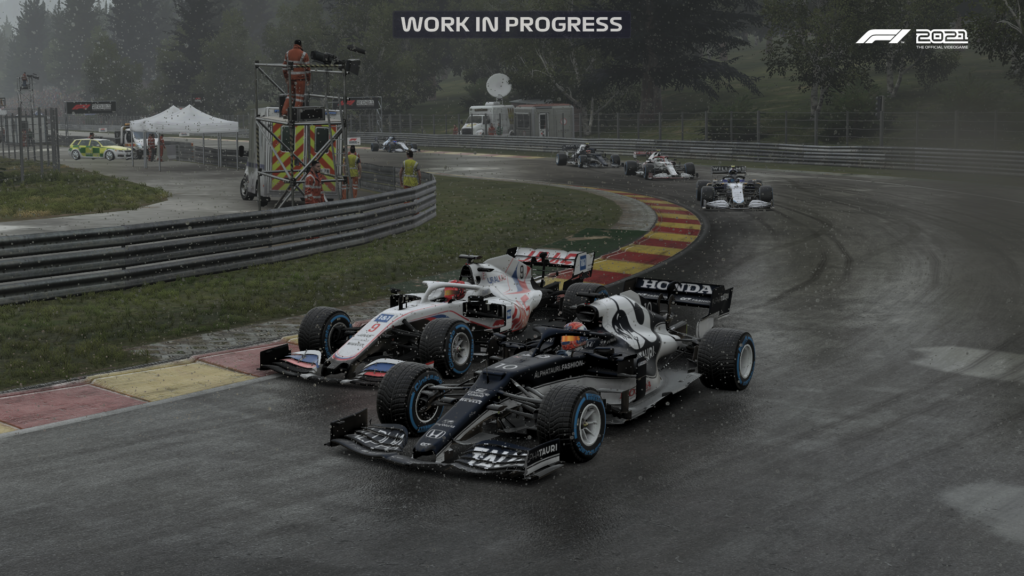
“We’ve continued to work on balancing this and it’s a tricky one because people have different expectations and the feedback we get has been so wildly varied,” said F1 franchise game director Lee Mather.
“Some people really want to see the craziest driver moves, drivers moving around on a regular basis and going to teams you really wouldn’t expect.
“Whereas other people expect to see a very regimented, similar experience to Formula 1 and that’s another thing you can tweak significantly in the expert settings.
“So for example if you want a driver’s acclaim to change quite significantly, which has a major impact on how quickly they move teams, that’s another area you can tweak yourself.
“So we wanted to give the players the keys to the castle, open the toolbox and let people really tweak those things themselves to achieve something slightly different.”
Even if all the drivers stayed at the same team forever though, their results could well vary quite noticeably from one career game save to another. That’s all down to the new focus driver rating, which is influenced by actions in the game.
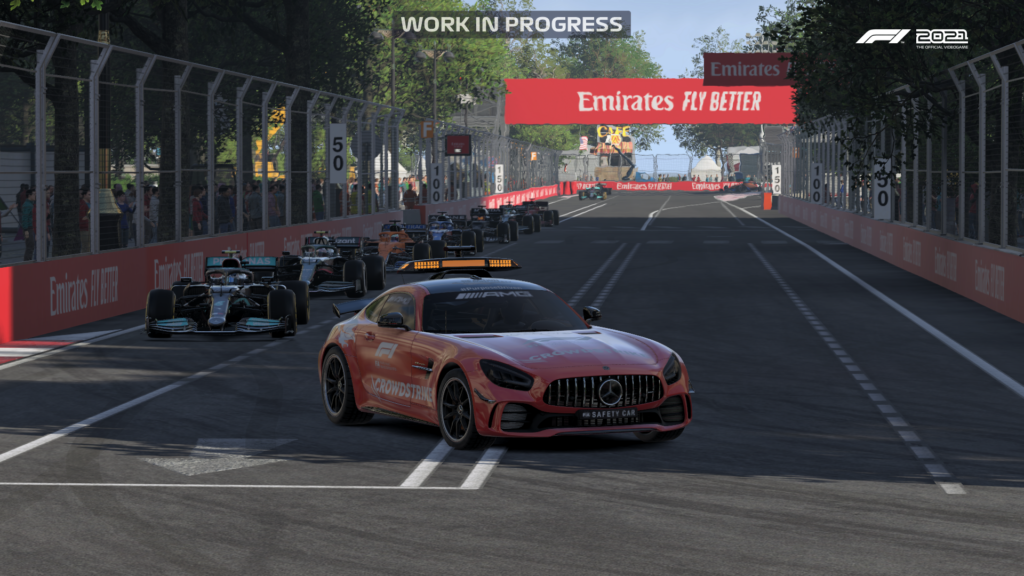
F1 2020 introduced visible driver ratings with all the drivers given stats in four different areas: experience, race craft, awareness and pace.
Those four attributes are pre-determined by Codemasters and are based on the driver’s real-world performances.
However, the all new focus rating is only influenced by what happens in a career mode and it acts as a modifier to the driver’s ratings across the board.
A driver’s focus is a measure of their readiness and motivation and it can be affected by team activity decisions, answers to questions from the press and, most importantly, on track performance.
So one driver could easily get stuck in a vicious cycle of doing badly in a race, lowering their focus and then doing even worse in the following race and so that carries on.
Equally though, constantly praising your team-mate in interviews and tailoring team activities to increase their focus could set them on a good run of form and help you to win the constructors’ championship – a particularly important aim in the My Team mode, where you manage your own fictional team.
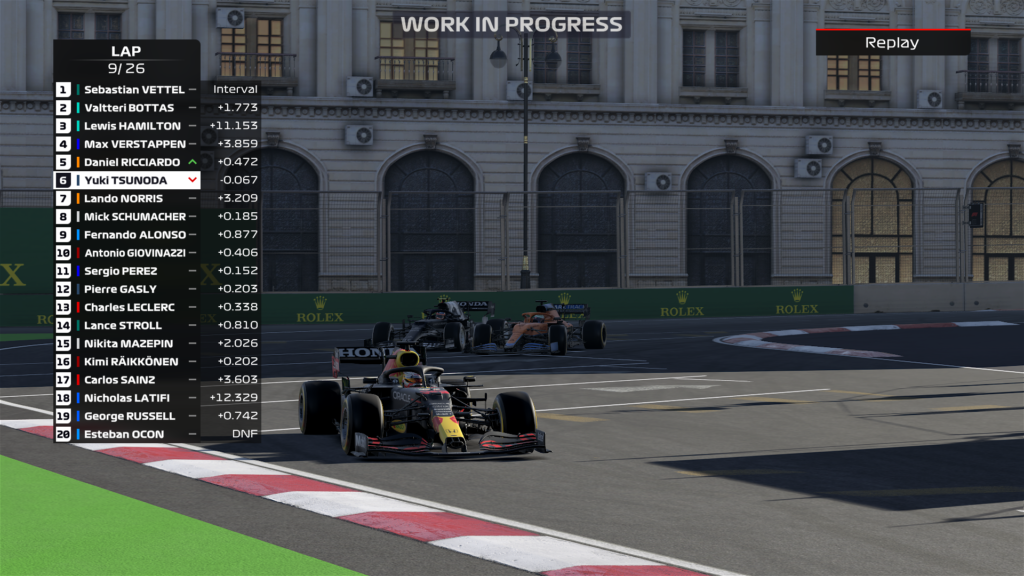
It may well be the case that one driver who does constantly well in one person’s career mode does badly in another’s and that could be entirely down to the differing focus levels they have in both game saves.
Although you wouldn’t necessarily need to share anecdotes with friends since you’ll be able to complete a career save with them in the online two-player career mode.
Friends can choose to race for the same team or different ones and all the complexities to do with the acclaim system, contract negotiations and car R&D will all be present if you choose to go through career mode with a friend.
There will also be the option for the career owner to swap out one friend for another midway through just in case they stop playing the game for whatever reason. So as long as you can find a replacement then you won’t have to start a new playthrough from scratch.
Another thing that’s been fairly rigid in the previous F1 games is the number of resource points needed to fully upgrade your car. To the point where in the earlier games, before they obscured parts of the development tree, you could easily calculate the mathematically cheapest way to buy all the upgrades.
That’s no longer the case even though the car upgrade system, despite having an overhauled menu layout, is largely similar to how it was in F1 2020.
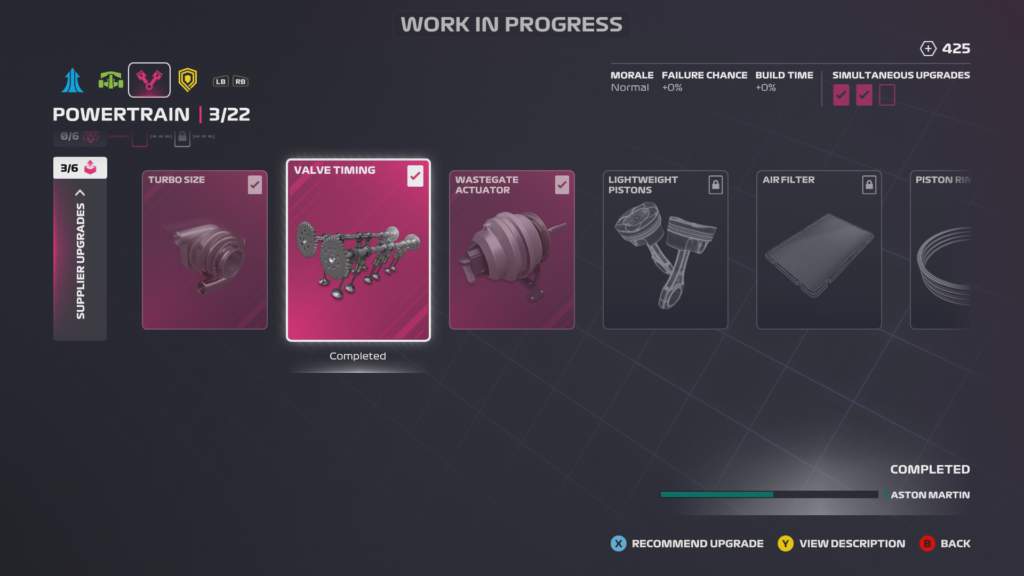
What has changed though is the practice sessions and the addition of the all-new development boosts that you can earn from them.
Development boosts are discounts for car upgrades and can be earned alongside resource points. To get the development boosts you have to complete extra objectives whilst doing the practice programme, such as staying within a certain distance of the racing line or achieving a particular time in one of the sectors.
Instead of taking part in the practice sessions yourself, there is the new quick practice option. It’s a time management minigame where each programme takes a certain amount of time to complete and has a percentage chance of success and differing rewards.
So a programme that only gives out 100 resource points might have a 70% chance of success but one that gives you a development boost and 100 resource points could have a 25% chance of being successfully completed. The aim is to try and get as many resource points and development boosts during the limited time you have in the practice sessions.
Not only does that mean there are two different options for how players can tackle practice sessions but if you’re successful with getting development boosts regularly then you should fast-track the time it takes to upgrade your car in career.
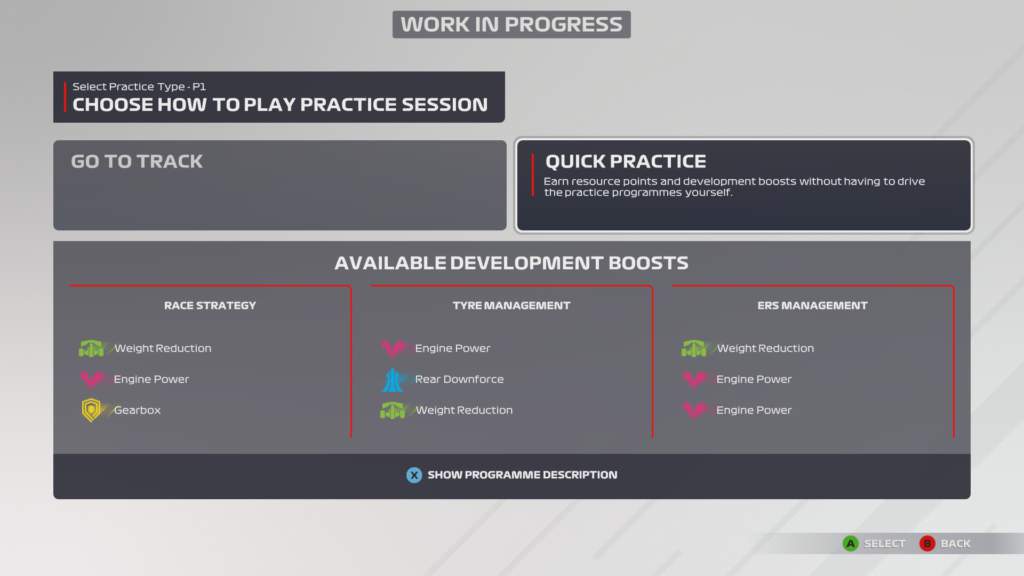
If you want a more grounded in reality experience though that’s where the real-season start mode comes in. It’s an alternative to doing a standard championship since you will be able to start from any race weekend that’s taken place in real life, choose a driver and inherit their championship points.
When F1 2021 launches the Austrian Grand Prix will be the most recent to have been completed (COVID-permitting), and you’ll have the option to join the season from there and try to improve that driver’s place in the standings.
For example, you could play as Max Verstappen or Lewis Hamilton to try and ensure that they win the drivers’ championship or you might prefer to race with someone further down the order and move them up in the drivers’ table.
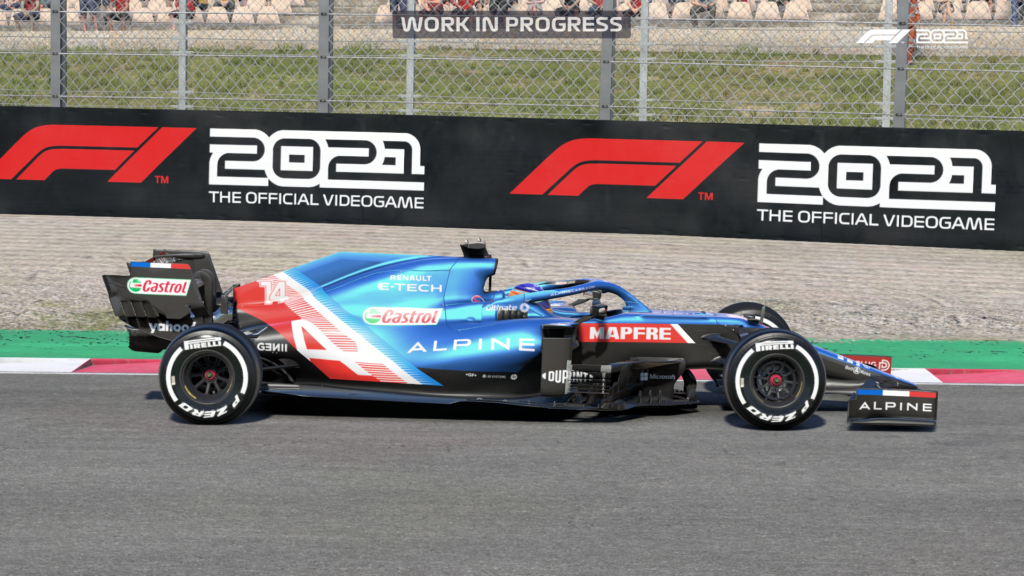
Outside of any specific mode, there are a lot of new or expanded race options to tailor your experience to your liking.
That includes being able to alter the likelihood of a safety car or VSC being deployed after an incident, how much your car is slowed down by if you’re extremely low on fuel or even the accuracy of the weather forecasts. The weather forecasts you are given before a race can be either perfectly accurate or made to be only approximate which adds the element of uncertainty as to when the weather could change.
There’s also two damage settings now to reflect the increased areas of your car that can be affected. Now the rear wing, diffuser, underbody and sidepods can all be damaged with the sidepods, in particular, having a drastic effect on your car’s performance, specifically the straight line speed, if you get them bashed up.
Don’t expect the damage model to be all that different visually though since, whilst you can damage your rear wing, you’ll only ever see tiny parts come off it even after fairly hefty shunts.
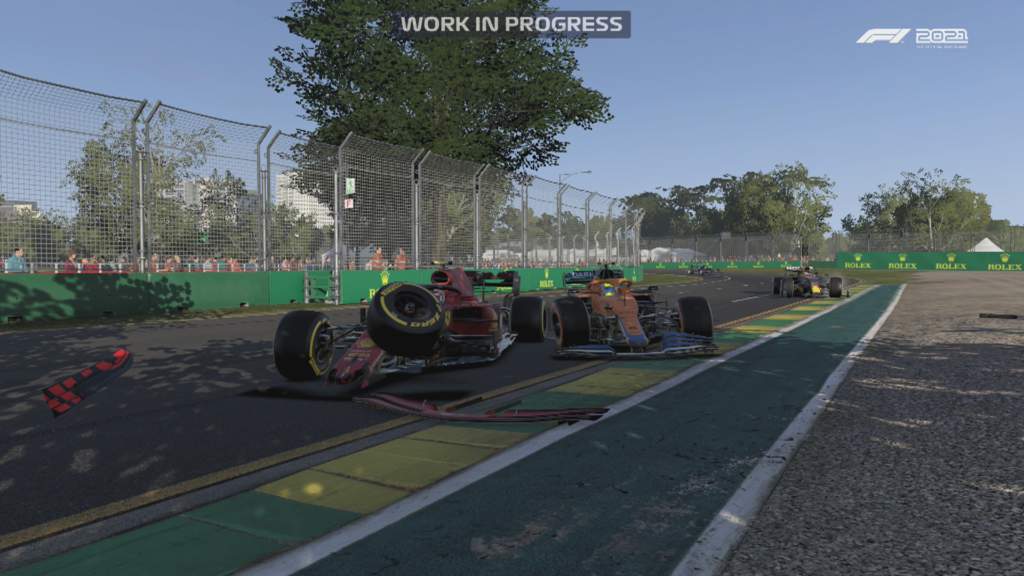
The car damage setting alters which areas of the car can be affected by contact as on the reduced setting only the front wing and tyres can sustain damage whereas on standard all areas of the car can. Finally, on the simulation option, the effect damaging the components has on performance is more pronounced. You can also turn off car damage completely.
Car damage rate, which can be set to reduced, standard or simulation, changes how quickly your car will suffer damage as a result of collisions.
A more extreme version of running without the risk of damage is to turn off collisions entirely. Doing so means all the cars are permanently ghosted and can drive through one another.
That’s not an unfamiliar mechanic for online races but it can be a permanent part of offline races if you want.
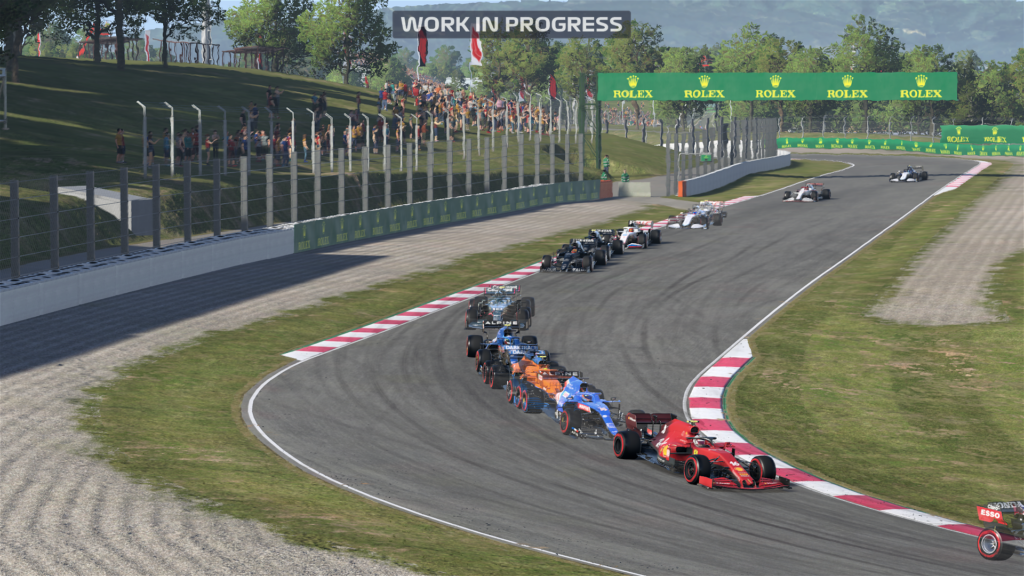
One new setting that’s a bit of a misnomer is two fault settings. You can alter the frequency of faults but also turn on and off both technical faults and, the more severe, mechanical failures.
Mechanical failures have long been a factor for AI drivers and they can strike you, albeit only if you choose to run with heavily worn components in career mode.
Totally random part failures have been a factor in older, non-Codemasters produced, F1 games. Despite what the setting may imply though, mechanical failures that are out of the player’s hands won’t be present in F1 2021.
“We haven’t added more random ones and we’ve always shied away from random being a thing,” said Mather.
“So they were always influenced by what you were doing in your experience, whether that was in the development or you were having impacts with the car or whether the tyres were a certain level of wear.

“But we’ve also done a lot of work on how the visual fidelity of how the tyre and punctures look, that’s something you’ll definitely see in the game.
“There’s also some changes to the damage model as well with some additional components that can be damaged and you’ll certainly see that from a visual perspective and also within the physics as well.”
There’s still a lot we have yet to see or experience in F1 2021, including the halo sticker customisation option as well as the victory radio calls if you win.
We’ve also yet to get first-hand experience with the Braking Point story mode, so there will be plenty else to dive into in F1 2021 and a lot that distinguishes it from its predecessor.




